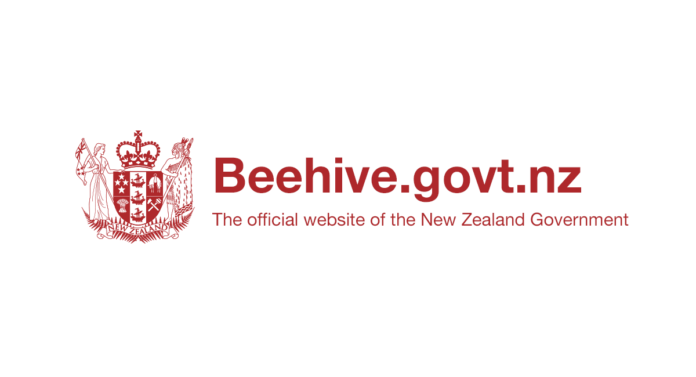Source: New Zealand Government
People who are fully vaccinated will now spend less time isolating if they get COVID-19 or are a close contact of a case.
Contact tracing categories have changed to reflect the vaccination status of confirmed COVID-19 cases in the community, and others who may have been exposed to them.
The isolation period for fully vaccinated COVID-19 cases in the community has been reduced from 14 days to 10 days, and must include 72 hours symptom-free.
The isolation period for partially vaccinated or unvaccinated COVID-19 cases will remain 14 days, including 72 hours symptom-free.
“If you are vaccinated and catch COVID-19, by day 10 of infection you will pose a very low risk of passing on the virus – and do not need to isolate for as long as someone who’s unvaccinated,” Associate Health Minister Ayesha Verrall said.
“That’s because the amount of viral, genetic material declines faster in fully vaccinated people.
“Vaccination also helps prevent a person with COVID-19 from becoming seriously ill and reduces the likelihood they’ll end up in hospital. It is the greatest protection we have against the virus.”
Under the changes, household contacts of a COVID-19 case will self-isolate for 10 days regardless of vaccination status, because this group is at highest risk of contracting the virus.
“This change reflects the different transmission dynamic of the Delta variant,” Ayesha Verrall said.
Close contacts who are fully vaccinated need to self-isolate for 7 days.
Close contacts who are partially vaccinated or not vaccinated need to self-isolate for 10 days.
To be fully vaccinated, it needs to be 7 days or more since you had your second dose of the vaccine.
The other change announced today is the tightening of use of the casual plus contact category, to a narrow range of circumstances. There is very little evidence of transmission in this category, with preliminary data showing only 0.1 percent of casual plus interactions resulted in infections.
“Keeping the contact tracing categories as they were would have resulted in some people being identified as contacts when the data now tells us they’re at very, very low risk,” Ayesha Verrall said.
Information about the changes to the contact tracing categories can be found on the Ministry of Health website.



